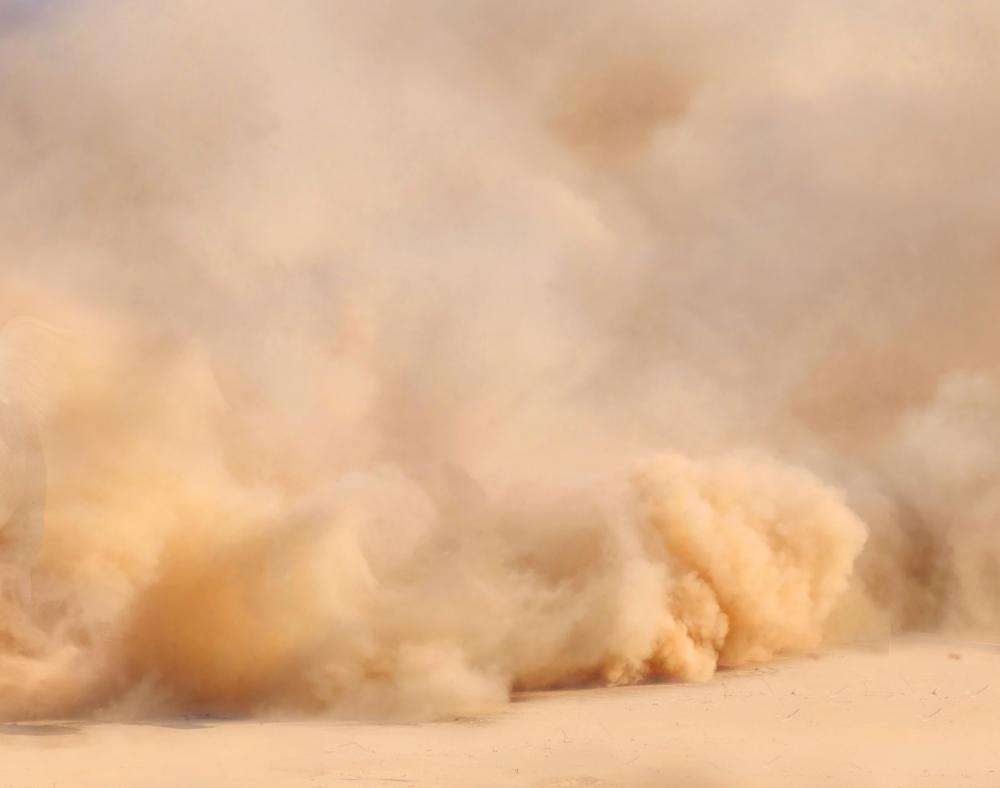At WiseGEEK, we're committed to delivering accurate, trustworthy information. Our expert-authored content is rigorously fact-checked and sourced from credible authorities. Discover how we uphold the highest standards in providing you with reliable knowledge.
What is a Weather Satellite?
A weather satellite is a man-made, electronic satellite which transmits information about current weather patterns to the ground from space. Weather satellites regularly transmit a variety of data which are used to forecast changes in climate and weather. Some examples of the different types of data recorded are atmospheric temperature, surface temperature, wind speed, water temperature and wave heights. Satellites also observe clouds, light patterns in urban areas, fires, pollution, auroras, sand and dust storms, snow cover, and ocean currents.
There are two types of weather satellites which offer different types of observations of the Earth. A geostationary satellite stays fixed in one location over the equator. These types of satellites monitor a large area and are fixed at an altitude approximately 22,000 miles (35,405 km) above Earth’s surface. The images recorded by geostationary satellites may be as large as an entire hemisphere. Also, these weather satellite images are most often used on the daily weather broadcast.

The second type of weather satellite is a polar-orbiting satellite which gets its name because it orbits the earth along its axis in an orbit which keeps the satellite in continuous sunlight to get better date. The satellite's orbit carries it over both the North and South Pole each day. Polar-orbiting satellites relay much more detailed observations than geostationary satellites because they are only 530 miles (850 km) above Earth. However, they monitor a much smaller area over a given time period that their counterpart.

The world’s first artificial satellite, Sputnik I, was launched by the Soviet Union in the fall of 1957. Sputnik I was the first man-made object that entered outer space and it weighed just over 180 pounds (83 kg). At this time, the United States was working through launch problems and did not successfully launch a satellite into space until Vanguard-2 was launched in February 1959 and its successor Vanguard-3 only six months later. Both of the Vanguard weather satellites were small and only weighed 22 pounds (a little under 10 kg).

Data which is relayed to Earth via a weather satellite may be transmitted in two ways. Basic images which are recorded with visible light reveal true likenesses of storms, clouds, lakes, forests, smog, and fires. However, some weather satellites record and transmit thermal images. Sensors on the satellite scan and produce infrared images which help analysts and meteorologists determine cloud heights, cloud types, and surface temperatures.
AS FEATURED ON:
AS FEATURED ON:

















Discuss this Article
Post your comments